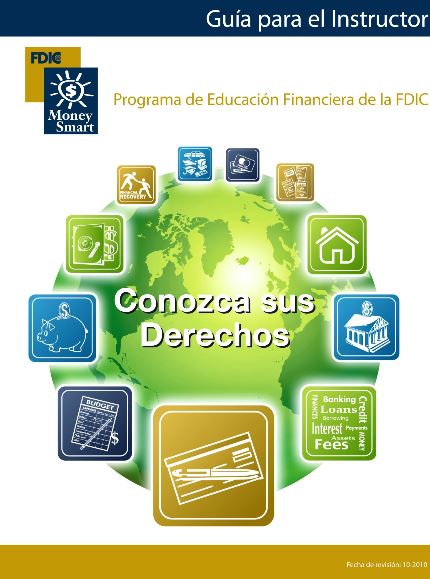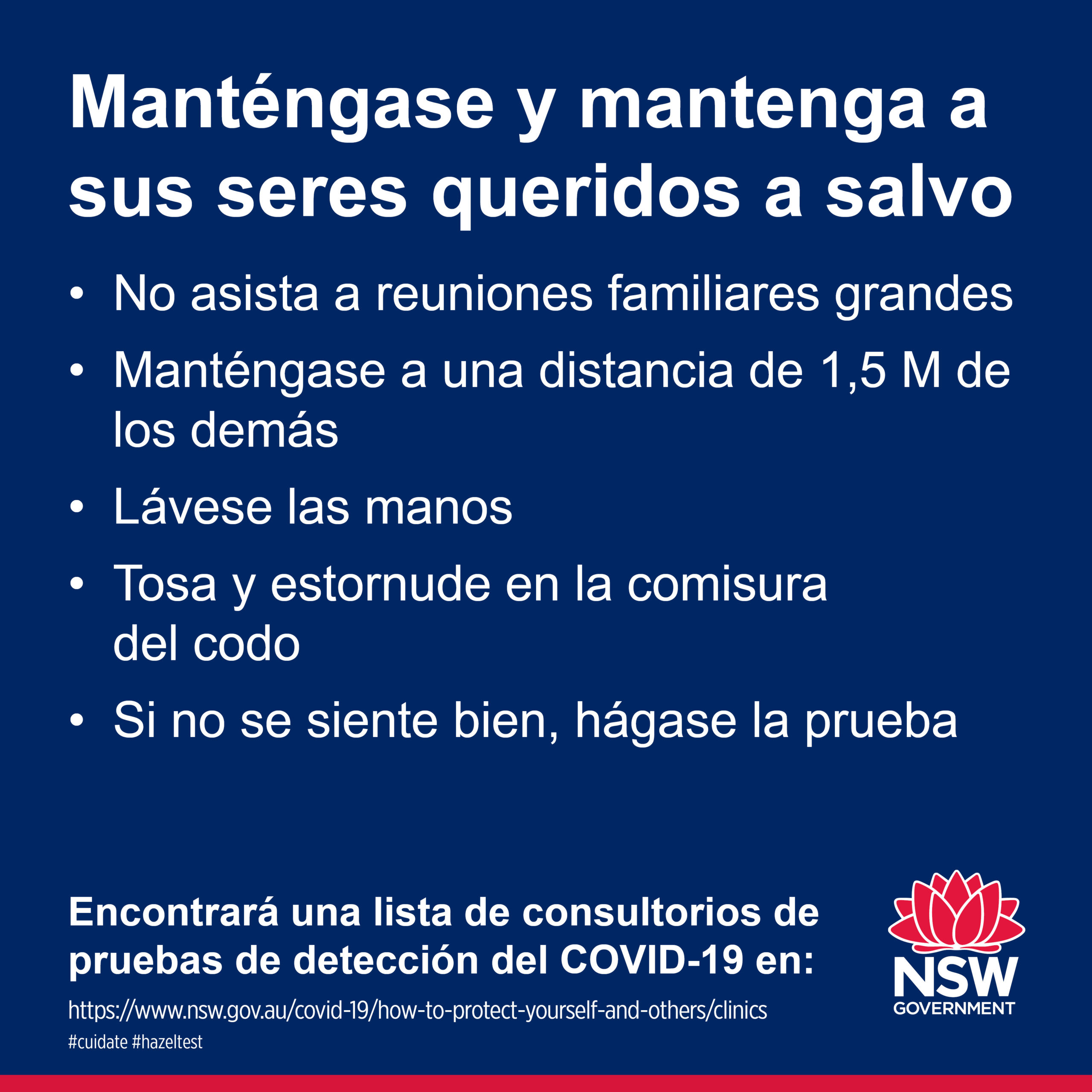
- HAVE A WONDERFUL DAY AND BE SAFE IN SPANISH HOW TO
- HAVE A WONDERFUL DAY AND BE SAFE IN SPANISH FULL
- HAVE A WONDERFUL DAY AND BE SAFE IN SPANISH TV
Si without an accent is pronounced the same way, but means “if”.

Make sure you write sí with the accent when you mean ‘yes'. “Yes” in Spanish is sí, although Spanish speakers have a tendency to say it over and over again in rapid-fire when they could have just said it once: ¡sísísísísísí!. The former is generally more common in Latin America, while the latter is more common in Spain, although either would probably be understood in both places. There are two common ways to say “I miss you” in Spanish: te extraño and te echo de menos. When someone asks you ¿qué tal? or cómo estás, you can simply reply with bien to let them know you're okay.
HAVE A WONDERFUL DAY AND BE SAFE IN SPANISH HOW TO
How to Say “How Are You?” in SpanishĪ common way to say “how are you?” in Spanish is ¿qué tal?, which could also be translated as “what's up?” or “how are things?”Īn alternative is ¿cómo estás?, or ¿cómo está? – the latter being more formal because it means you're addressing the other person as usted rather than tú. If you really want to literally say ‘no problem', say no hay problema, sin problemas, or ningún problema.
HAVE A WONDERFUL DAY AND BE SAFE IN SPANISH TV
When you say gracias to somebody, probably the most common response you'll hear is de nada (“it’s nothing”), but you might also hear mucho gusto (“my pleasure”), no hay de qué (“not at all!”), or las que tú tienes.ĭespite what TV and movies might have made you believe, “no problem” in Spanish is not no problemo! Problemo isn't even a real Spanish word (it's problem a), but even if it was, no problemo still wouldn't work since you can't stick no before a noun like that. In English we have several ways of saying “you're welcome”, and Spanish is no different. The verb ‘to thank' can be translated as dar gracias (to give thanks). If you're feeling particularly grateful, you can add emphasis with muchas gracias or even muchísimas gracias. To thank someone in Spanish, simply say gracias. For example, here's the version you're most likely to hear in Spain:Īnd there are many more versions. What about the song ”Happy Birthday”? Naturally, there's a Spanish version that uses the same melody – but different Spanish-speaking countries actually have their own versions of the lyrics. And to wish someone a happy birthday, you say feliz cumpleaños. On your fifth cumpleaños, you cumples cinco años (turn five). How to Say “Happy Birthday” in SpanishĪ birthday in Spanish is a cumpleaños, a combination of the words año, meaning “year”, and cumplir, which, among many other possible translations, can mean “to turn”, as in “to turn X years old”. for a relative, you should stick with ‘te quiero'. If you're describing non-romantic love, e.g. Te amo implies much more serious feelings than those conveyed by te quiero. The more literal translation of “love” is amar. talking to your boyfriend or girlfriend or to your family. The more common one is te quiero, which literally means “I want you”, but is used in many of the same ways we'd say “love” in English – e.g. Spanish has two main ways of saying “I love you”. Hola, of course, can be said at any time of day, and it's by far the most common way of greeting someone in Spanish. We've covered “good morning” and “goodnight”, but we mustn't forget the most simple Spanish greeting of them all: hola, which means “hello”. Generally you'd say buenas tardes from midday until sunset, at which point you'd start saying buenas noches. So when's the right time of day to use buenas noches? Spanish doesn't really distinguish between the ‘afternoon' and the ‘evening' in the same way that English does there's only the tarde, which starts at noon, and the noche, the night. Spanish is not like this – buenas noches can be used as a greeting as well as a farewell, provided it's the right time of day. In English we generally don't say “goodnight” as a greeting it's more often used when you or the person you're talking to are about to go to bed.



Similarly, “good evening” is buenas tardes. Like with buenos días, to wish someone goodnight in Spanish you have to say it in the plural: buenas noches. If you’re into Spanish grammar, note that día is one of the rare Spanish words that ends in an ‘-a' but is masculine, so it's buenos días, not buenas días. You'll never hear someone wish you a ‘buena mañana' – don't ask me why. “The morning” in Spanish is la mañana, but if you want to wish someone a good morning you must say buenos días, which literally means ‘good days' (note the plural). There are lots of good reasons to learn Spanish, and if you want to spend any length of time in regions where Spanish is spoken, here are some really useful Spanish words and phrases that can help you make the most of your visit. Even more so if you’re living in such a country. Knowing even a few Spanish phrases is really useful if you’re learning Spanish or planning to visit a Spanish-speaking country.
HAVE A WONDERFUL DAY AND BE SAFE IN SPANISH FULL
Full disclosure: This post contains affiliate links.


 0 kommentar(er)
0 kommentar(er)
